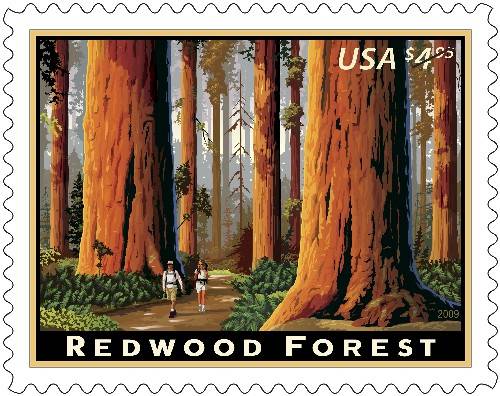There are many kinds of insects that live in forests without occurring in damaging numbers. However, a few may develop occasionally into serious local infestations. Pesticide applications may be utilized for prevention of potential insect population buildup and suppression of outbreaks that threaten the vigor as well as survival of trees. Imidacloprid is recommended for the control of Balsam woolly adelgid, Hemlock woolly adelgid (eastern and Carolina hemlock), Aphids (various hardwoods and conifers), Emerald Ash Borer (Ash), Nantucket pine tip moth (2 and 3 needle pines only), and Sawflies (Virginia pine sawfly, introduced pine sawfly, red-headed pine sawfly).
The gypsy moth is established in Ohio, West Virginia, Virginia, and Tennessee. Moths are harmless, but the caterpillars from which they develop are voracious leaf feeders of forest, shade, ornamental and fruit trees and shrubs. Large numbers of caterpillars can completely defoliate an area. A single defoliation can kill some softwoods, but it usually takes two or more defoliations to kill hardwoods. The hemlock woolly adelgid (HWA) is a threat to eastern hemlock forests, and eastern and Carolina hemlock of all sizes are susceptible. Kentucky has a significant hemlock component throughout its eastern forests, all of which could become infested. In addition, ornamental plantings in urban settings are equally susceptible. HWA feeding reduces new shoot growth, and causes grayish-green foliage, premature needle drop, thinned crowns, branch tip dieback, and eventual tree death. The emerald ash borer is a dark metallic green beetle about in color. Larvae are creamy white in color and are found under the bark. The borer's host range is limited to species of ash trees. Usually they go undetected until the trees show symptoms of infestation – typically the upper third of a tree will die back first, followed by the rest the next year. This is often followed by a large number of shoots or sprouts arising below the dead portions of the trunk. The adult beetles typically make a D-shaped exit hole when they emerge. Tissue produced by the tree in response to larval feeding may also cause vertical splits to occur in the bark. Distinct S-shaped tunnels may also be apparent under the bark.
Sources:
- Forest Insects. In:HORTICULTURAL & FOREST CROPS 2011 (attached)
by Eric R. Day, Extension Entomologist, Virginia Tech
Scott M. Salom, Professor, Entomology, Virginia Tech
Peter B. Schultz, Extension Entomologist, Hampton Roads AREC
Chris Asaro, Chief Entomologist, Virginia Department of Forestry, Charlottesville
- Manual for Forest Pest Control, University of Kentucky, College of Agriculture (attached)

- Login om te reageren
